Tattoo has been a tribal culture since the ancient time, expressing ones identity, or sentiment. There are great varieties, including the sites of tattoo, the sizes, colours, and patterns.
Tattoo Colours
Amateur tattooing can be performed with any sharp object and any type of colouring agent, although mainly in black, with charcoal material.
Professional tattooist uses a personal secret recipe of colours, mostly Indian inks, for less incidences of adverse reactions. This is pierced by a tattoo machine into the skin, about 1mm to 3mm deep. The colour agents they use are many, and the colours are due to metallic composition. There are:
- Blue (contain Cobalt aluminate)
- Brown (contain Ferric oxide and Lime)
- Green (contain Chromium oxide)
- Red (contain Cadmium sulphate and Mercury sulphate)
- Violet (contain Manganese)
- White (contain Titanium dioxide and Zinc oxide)
- Yellow (contain Cadmium sulfide)
There is inflammation and scabbing after the tattooing, and the scabs come off after about 2 weeks. The colour agent will be distributed over different levels of the skin, mainly around the small blood vessels, or is engulfed by the cells called macrophages. About 30% of the agent will be removed in the first few days, the rest will permanently reside in the fibroblasts cells.
The fading of tattoo depends on multiple factors:
- Stability of the colour agent (charcoal black is more stable than yellow or red)
- Technique of the tattooing (the deeper one will last longer)
- inflammation (chronic inflammation may eradicate the colour completely)
Complications
- Infections, including bacteria, hepatitis viruses, HIV
- Allergy, mainly to the mercury salt in red colour
- Scars, including the hypertrophic and keloid scars.
Methods Of Removal
Many people regret about their tattoo and seek removal, for different reasons. In the
past, lots of methods were tried:
- Chemical agents
- Dermabrasion
- Surgical excision
- Cryo-therapy
- CO2 Laser abrasion
Laser Removal
Pigment laser is by far the most effective method in its removal. Although there are many such lasers, there is not a single one with a wavelength that can remove all different colours. In treating a multi-coloured tattoo, few different lasers may be necessary.
- Ruby Laser (694nm) and Alexandrite Laser (755nm): good for blue and black, but not able to remove red and orange.
- Nd-YAG Laser (1064nm): good for blue, black, not for green, red and orange
- Pulse Dye Laser (510nm) and Double Frequency Nd-YAG Laser (532nm): fairly good for red and orange
Multiple treatments are necessary, each separated by about 8 week. The number of treatment varies from 2 or 3, to 10 or 12. No one can predict the response of the tattoo accurately, and at the end, not 100% of the colour may be removed. Amateur tattoo is usually more superficial and so is easier to be removed. The treatment is moderately painful and topical anaesthetic cream is necessary for 1 hour before treatment. The skin will be red and swollen for a few days after, and return to normal in about 7 days.
Some cosmetics may stain the skin like a tattoo, and can be removed similarly with laser. However, for almond, white, light pink or light brown colours, laser treatment may paradoxically make them turn black permanently.
For dark skin individuals, ruby and alexandrite lasers may burn the superficial skin, leaving either a darker or lighter mark. The chance of scarring from laser treatment is very low and happens only very rarely.
Treatment Examples <
| Eye Brows |  |
 |
|
Before
|
After 2 Treatments
|
|
 |
 |
|
|
Before
|
After 2 Treatments
|
|
| Eye Lines |
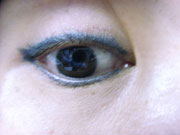 |
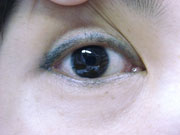 |
|
Before
|
After 1 Treatment
|
|
| Black Tattoo |
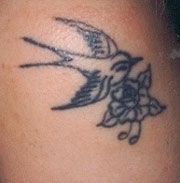 |
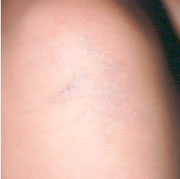 |
|
Before
|
After 6 Treatments
|
|
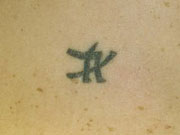 |
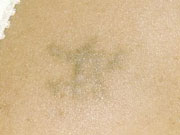 |
|
|
Before
|
After 3 Treatments
|

